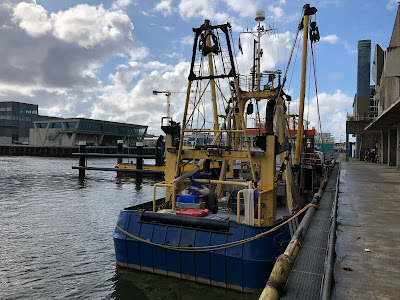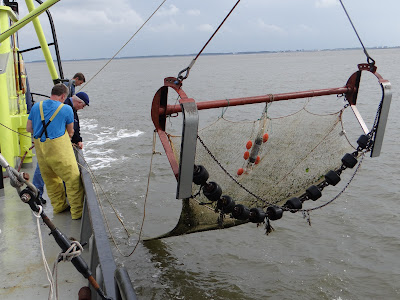SNS and DFS//SNS en DFS – 30 September - 4 October 2019

S NS in the North Sea Coastal Zone, and DFS along the Dutch west coast// SNS in de Noordzeekustzone en DFS langs de Nederlandse westkust Isis waiting to sail away, in Scheveningen harbour. Isis ligt in de haven van Scheveningen te wachten om uit te varen. Photo U. Beier. This year’s coastal surveys (SNS and DFS) are finished! (Maybe SNS will have a blog of its own in the future.) Hereby a post with flashes from both of these: De kustsurveys (SNS en DFS) van dit jaar zijn voltooid! (Misschien heeft SNS in de toekomst een eigen blog.) Hieronder een bericht met enkele ervaringen van een week met beide surveys: Cruise leader Thomas Pasterkamp, Wageningen Marine Research, and I, the crew with Gilles (skipper), Gijs, Rob, Dirk, Jeroen, and Huig, stepped on board the Isis in Scheveningen harbour on Monday morning. Our task was twofold. During this week, we were to collect the last three hauls of the SNS outside the Waddenzee islands Texel, Vlieland, and Terschelling, and to start...


